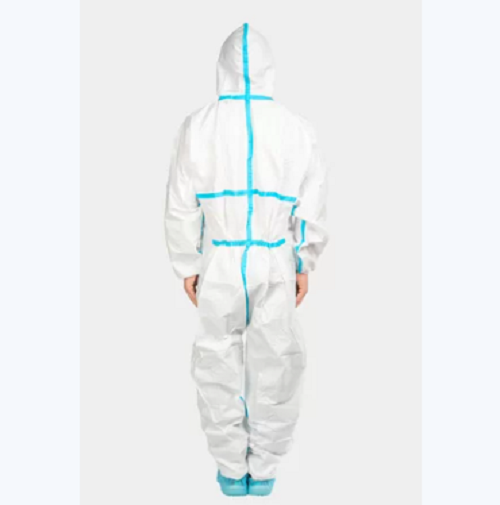The use of isolation gowns is becoming more and more popular among the general population. These gowns are part of the personal protective equipment (PPE). At this time of the pandemic, public demand for gowns is also growing. Because the spread of the virus increases the risk of infection. This gives us all the more reason to look for simple solutions to combat this disease. The use of isolation gowns can help individuals protect themselves.
Surgical and Isolation Gowns
Surgical gown: A surgical gown is required for any risk class (levels 1 to 4). Surgical gown is a type of protective clothing worn by medical personnel during surgery to protect patients and personnel from the transmission of microorganisms, liquids or particles. Surgical gowns shall be marked with the words "Surgical Gown".
Isolation gowns: Isolation gowns protect front line caregivers from penetration by liquids and infectious droplets. It also helps stop the spread of microbes to immune deficient patients.
Isolation suits are used in situations of moderate to high contamination. For gowns used for surgical isolation, more critical areas are required than traditional gowns. The entire surgical gown (with the exception of binding and cuffs and skirt) is considered a critical protection area. They have the highest liquid protective barrier in clothing. All seams should also be secured.
Non-surgical gown
Wearing non-surgical gowns can prevent the transfer of microorganisms and body fluids during low-risk or low-risk isolation of patients. Non-surgical gowns should not be worn during surgical or other invasive procedures where moderate and high risk of contamination is present. Non-surgical gowns are similar to surgical isolation gowns.
How to choose the right isolation suit
Who will wear the gown? What environment are they in? What are the potential risks?
If you can answer these questions, you will know what type of isolation gown you need. What material is the isolation suit made of?
Disposable isolation gowns can be made from polypropylene or polyethylene. Reusable isolation gowns are made of synthetic or cotton-like polycotton and polycotton blends. They are also latex free. The level of risk in the environment and the type of expected exposure determine what isolation suit you must wear. For example, an AAMI Level 2 gown is required by medical professionals when you are in a low-risk setting, such as drawing blood.
Selection of the appropriate level of isolation clothing is based on the level of protection required by the situation.
Medical Professionals For medical professionals who engage in low protective clothing with the lowest risk of exposure to bodily fluids or the lowest protective risk AAMI Class 1 or 2. For situations involving moderate to high risk contamination levels, a broad critical area isolation suit with a moderate to very high barrier AAMI Class 3 or 4 is required.
Through the above introduction, you can choose the appropriate isolation suit according to different needs. Also consider the intended use and function of the item, as well as the level of protection it provides. You can choose the right isolation gown by checking the description and packaging.
